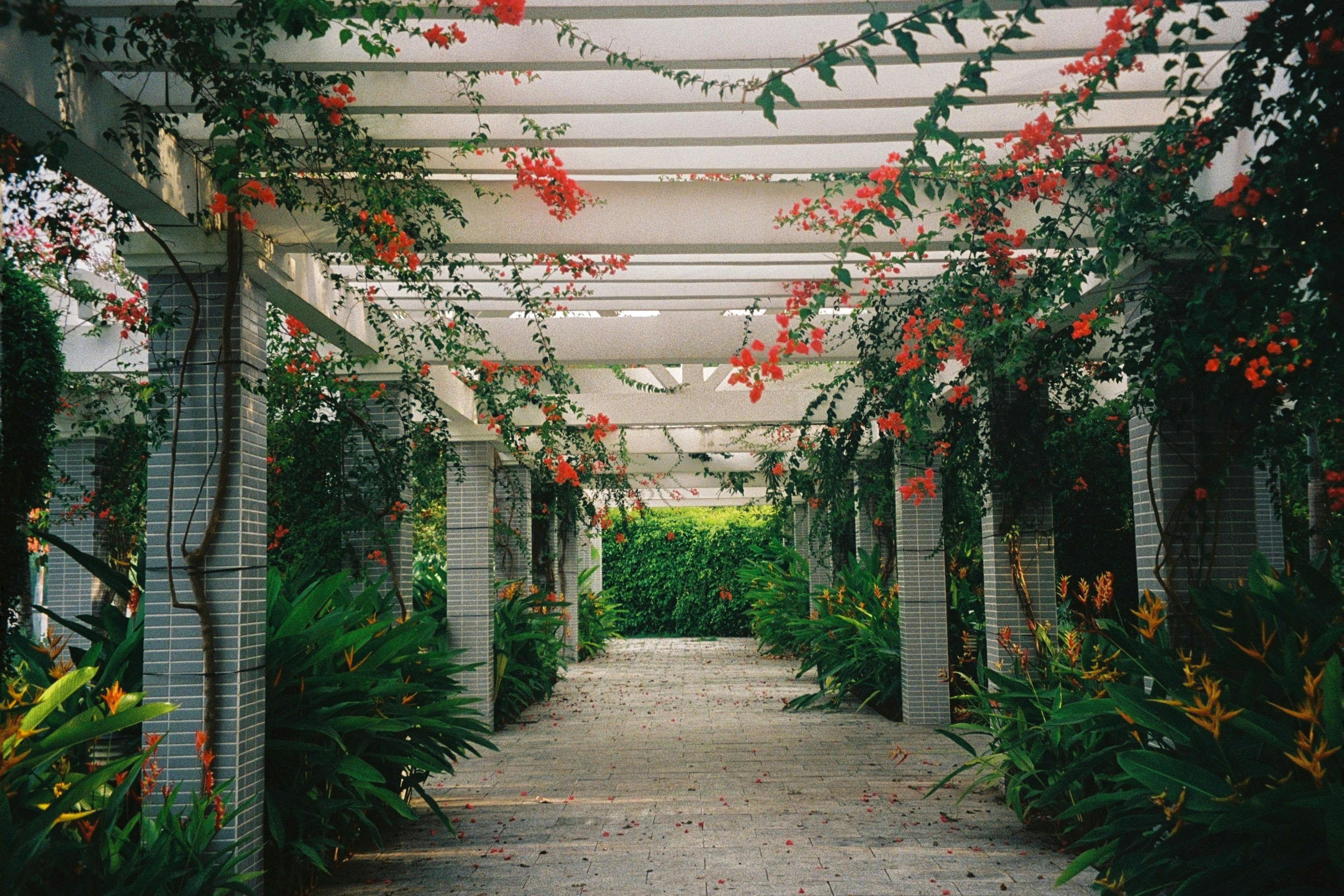The Beauty and Benefits of Garden Design
Gardens have been an integral part of human civilization for thousands of years, serving as spaces for relaxation, food production, and aesthetic pleasure. A well-designed garden can transform any outdoor area into a personal oasis, offering a multitude of benefits for both the environment and its caretakers. This article will explore the various aspects of garden design, its importance, and how to create a stunning garden that suits your needs and preferences.

What are the key elements of garden design?
Successful garden design incorporates several essential elements that work together to create a cohesive and appealing outdoor space. These elements include:
-
Layout and structure: This involves planning the overall shape and organization of your garden, including pathways, borders, and focal points.
-
Plant selection: Choosing the right plants for your climate, soil type, and personal preferences is crucial for a thriving garden.
-
Color scheme: A carefully considered color palette can create mood and visual interest throughout the seasons.
-
Texture and form: Incorporating a variety of plant shapes and textures adds depth and dimension to your garden.
-
Hardscaping: Elements like patios, walls, and water features provide structure and functionality to your outdoor space.
How can you create a sustainable garden design?
Sustainability is an increasingly important aspect of garden design. A sustainable garden not only benefits the environment but can also be more cost-effective and easier to maintain. Here are some ways to incorporate sustainability into your garden design:
-
Use native plants: These are adapted to your local climate and require less water and maintenance.
-
Implement water-saving techniques: Install rainwater harvesting systems, use mulch to retain moisture, and choose drought-resistant plants.
-
Create wildlife habitats: Incorporate features that attract and support local fauna, such as bird baths, insect hotels, and native flowering plants.
-
Practice organic gardening: Avoid chemical pesticides and fertilizers, opting instead for natural alternatives and companion planting.
-
Utilize permaculture principles: Design your garden to mimic natural ecosystems, maximizing efficiency and minimizing waste.
What are some popular garden design styles?
Garden design styles can vary greatly, reflecting different cultural influences, historical periods, and personal preferences. Some popular garden design styles include:
-
Cottage gardens: Informal and romantic, featuring a mix of flowers, herbs, and vegetables.
-
Japanese gardens: Minimalist and serene, emphasizing balance, harmony, and natural elements.
-
Mediterranean gardens: Drought-tolerant and sun-loving, with a focus on herbs, succulents, and hardscaping.
-
Modern gardens: Clean lines, bold shapes, and a minimalist approach to planting.
-
Tropical gardens: Lush and exotic, featuring bold foliage and vibrant colors.
How do you plan a garden design?
Planning a garden design can seem overwhelming, but breaking it down into steps can make the process more manageable:
-
Assess your space: Consider factors like sunlight, soil type, and existing features.
-
Determine your goals: Decide how you want to use your garden and what atmosphere you want to create.
-
Create a rough sketch: Draw a basic layout of your garden, including key features and planting areas.
-
Research plants: Choose plants that suit your climate, soil, and design style.
-
Consider hardscaping: Plan for any structures, pathways, or water features you want to include.
-
Develop a planting plan: Arrange your chosen plants based on their growth habits and aesthetic appeal.
-
Implement your design: Start with hardscaping elements, then move on to planting.
What are some professional garden design services?
For those who prefer expert guidance or lack the time to design their own gardens, professional garden design services are available. These services can range from basic consultations to full-scale design and implementation.
| Service Provider | Services Offered | Key Features/Benefits |
|---|---|---|
| Yardzen | Online landscape design | Custom 3D designs, plant selection, contractor matching |
| Tilly | Remote garden design | Tailored plans, plant lists, DIY-friendly options |
| Gardenuity | Customized garden kits | Curated plant selections, ongoing support, seasonal options |
| Houzz | Professional designer marketplace | Access to local designers, project management tools |
| The Gardenist | In-person and virtual consultations | Personalized advice, sustainable design focus |
Prices, rates, or cost estimates mentioned in this article are based on the latest available information but may change over time. Independent research is advised before making financial decisions.
Garden design is a rewarding process that allows you to create a personalized outdoor space that enhances your property and provides numerous benefits. Whether you choose to tackle the project yourself or enlist professional help, a well-designed garden can bring beauty, functionality, and joy to your life for years to come. By considering the key elements of design, incorporating sustainability, and choosing a style that reflects your tastes, you can transform your outdoor space into a true garden oasis.






